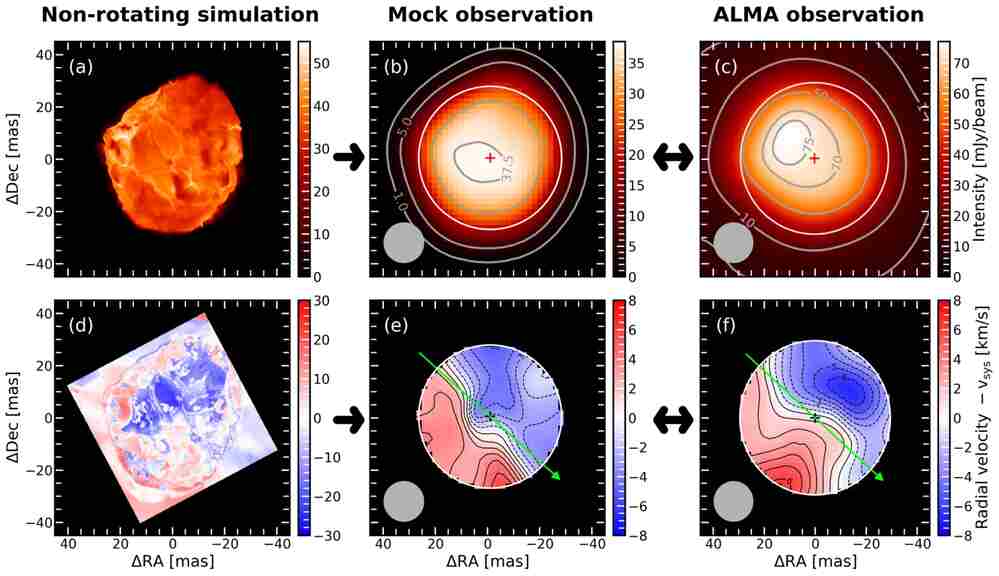German researchers reveal Betelgeuse's boiling surface

Betelgeuse, a red supergiant star located in the constellation of Orion, has always fascinated astronomers and stargazers. Recently, a team of scientists from Garching, Germany, has been studying Betelgeuse's behavior, using the power of supercomputer simulations to uncover its mysteries.
The scientists are challenging the prevailing theory about Betelgeuse's rapid rotation and imminent explosion, offering an alternative explanation based on its convective surface activity. They collaborated across disciplines, using new telescope technology, specifically the Atacama Large Millimeter/submillimeter Array (ALMA), to investigate the star's outer layer's dipolar radial velocity map. The ALMA telescope's limited resolution led to the misinterpretation of the star's convective motions as evidence of rapid rotation.
The scientists' pioneering work highlights the importance of comprehensive understanding and diverse perspectives in the field of astronomy. They recognize that further observations are needed to refine their understanding of Betelgeuse's true nature and validate their predictions. They also acknowledge that collaboration and the data collected from telescopes like ALMA are essential to answering deep astronomical questions.
The scientists at the Max Planck Institute for Astrophysics inspire us to embrace cross-disciplinary approaches, pushing the boundaries of human knowledge and revealing the wonders of the universe. They remind us that with insatiable curiosity, a collaborative spirit, and the might of supercomputer simulations, there are no boundaries to what we can uncover.

 How to resolve AdBlock issue?
How to resolve AdBlock issue?